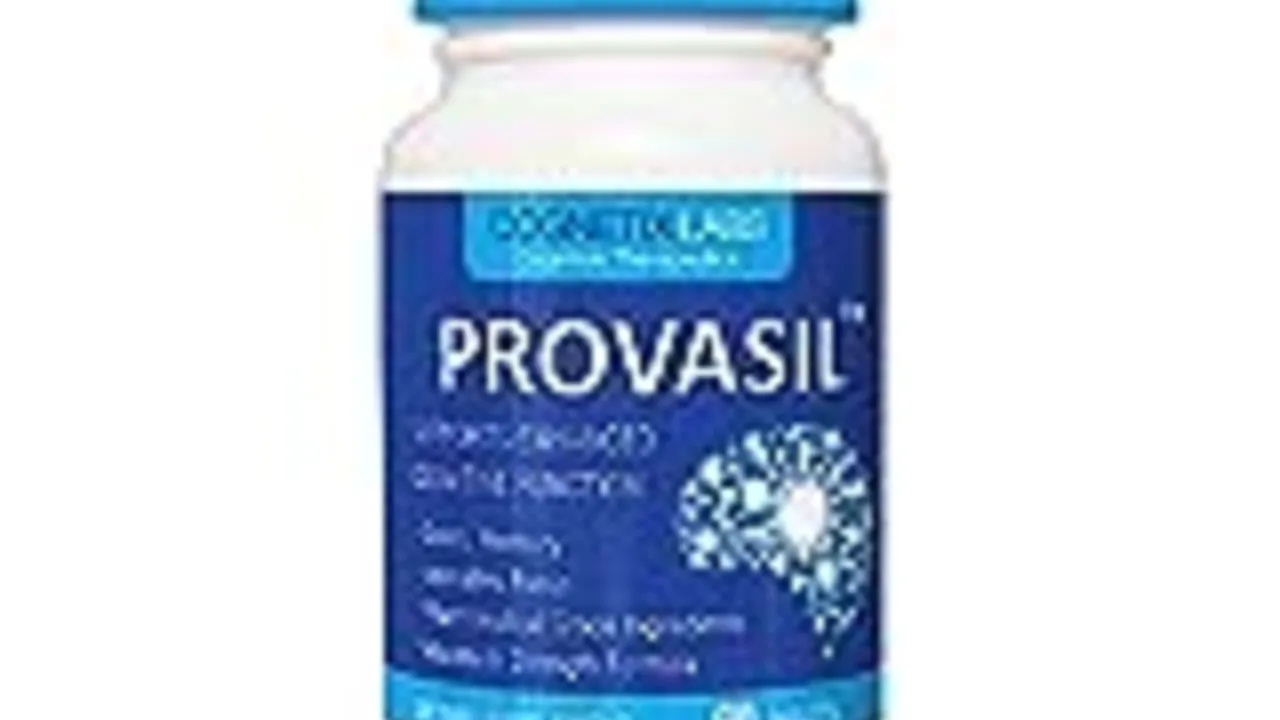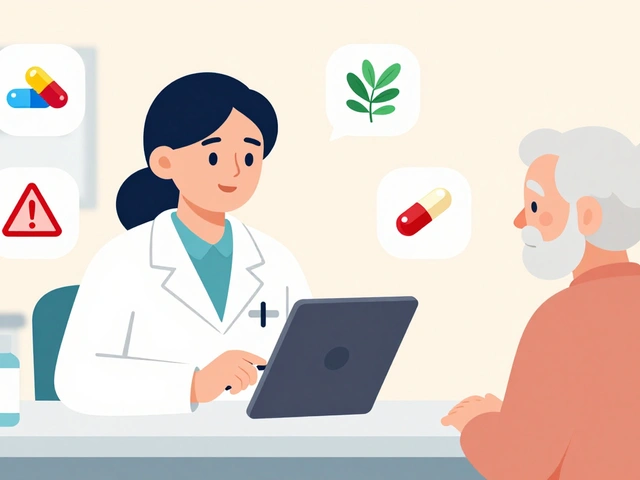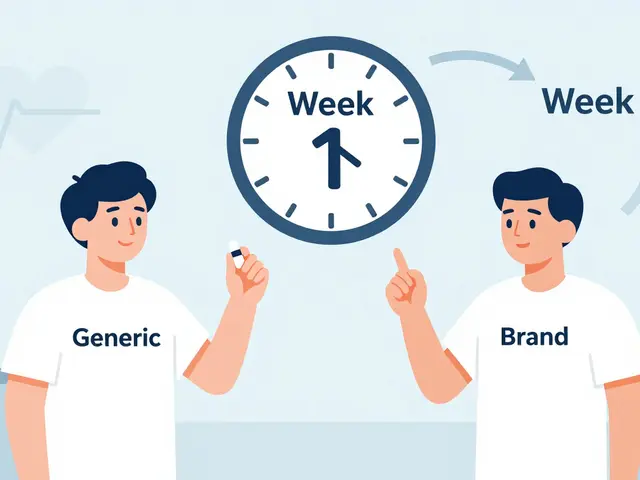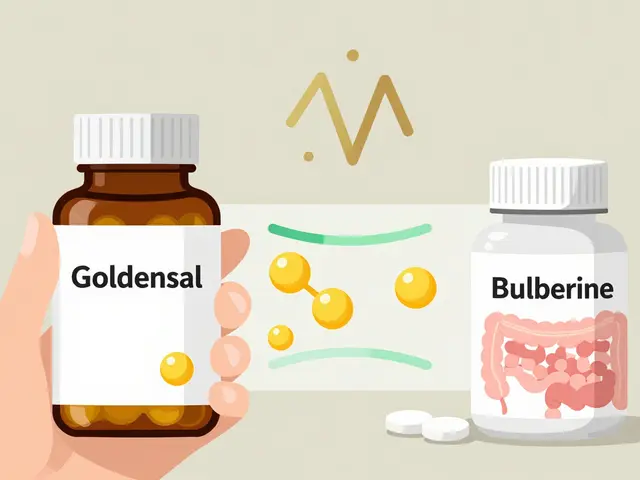Iron, Folic Acid & Zinc – What They Do and How to Use Them
Ever wonder why doctors keep talking about iron, folic acid and zinc together? They’re three nutrients that work side‑by‑side to keep blood, cells and the immune system in shape. If you’re dealing with fatigue, planning a pregnancy, or just want a stronger body, knowing the basics can save you time and money.
Why the Trio Matters
Iron carries oxygen in your red blood cells. Without enough iron, you get anemia – the classic tired‑and‑pale feeling. Folic acid (a B‑vitamin) helps make new DNA, which is vital during pregnancy and for fast‑growing cells. Zinc supports immune defense, wound healing, and even taste perception. When you take them together, they cover each other’s gaps: iron needs folic acid to make new red cells, and zinc helps your gut absorb iron more efficiently.
People most likely to need extra amounts include women of child‑bearing age, teens growing fast, athletes, and anyone on a restrictive diet (like vegans). A simple blood test can tell if you’re low on any of them, but many start with a balanced supplement if they fit the risk groups.
Tips for Safe Supplementation
1. Check the dosage. The recommended daily allowance (RDA) for iron is about 18 mg for most adult women and 8 mg for men. Folic acid’s RDA sits at 400 µg, but pregnant women usually need 600‑800 µg. Zinc’s RDA is 11 mg for men and 8 mg for women. Staying near these numbers avoids stomach upset and, for iron, the risk of constipation.
2. Take iron with food, not alone. Vitamin C (like orange juice) boosts iron absorption, while calcium, coffee or tea can block it. If you’re on a multivitamin, split it: iron after a meal, zinc with a different meal.
3. Watch for interactions. Some antibiotics and thyroid meds don’t play nicely with iron. If you’re on prescription drugs, ask your pharmacist before starting a supplement.
4. Choose quality. Look for brands that list the exact amounts of each mineral and have third‑party testing symbols. Cheap pills often contain fillers that don’t help at all.
5. Know the food sources. Red meat, beans, and leafy greens pack iron. Dark leafy veggies, beans, and fortified cereals give folic acid. Meat, dairy, nuts and seeds are rich in zinc. A varied diet can sometimes replace a pill, especially if you’re not severely deficient.
Bottom line: iron, folic acid and zinc are a power trio for energy, cell growth and immunity. If you fall into a high‑risk group, a daily supplement that matches the RDA can be a smart move. Always pair it with a balanced diet and a quick chat with your doctor or pharmacist to keep everything in check.
Hey there, guys! Do you know about the science behind iron-folic acid-zinc and our cognitive function? It's pretty fascinating stuff, if I say so myself. These elements actually play a vital role not only in brain health but also in overall physical wellness. So, stick around as we delve into an in-depth discussion on the subject, and let's explore this amazing area of nutritional science together. It's always exciting to learn something new, isn't it?
Categories
Archives
Recent-posts
Pharmacist-Led Substitution Programs: How They Work and Why They Reduce Hospital Readmissions
Dec, 11 2025



 Medications
Medications




